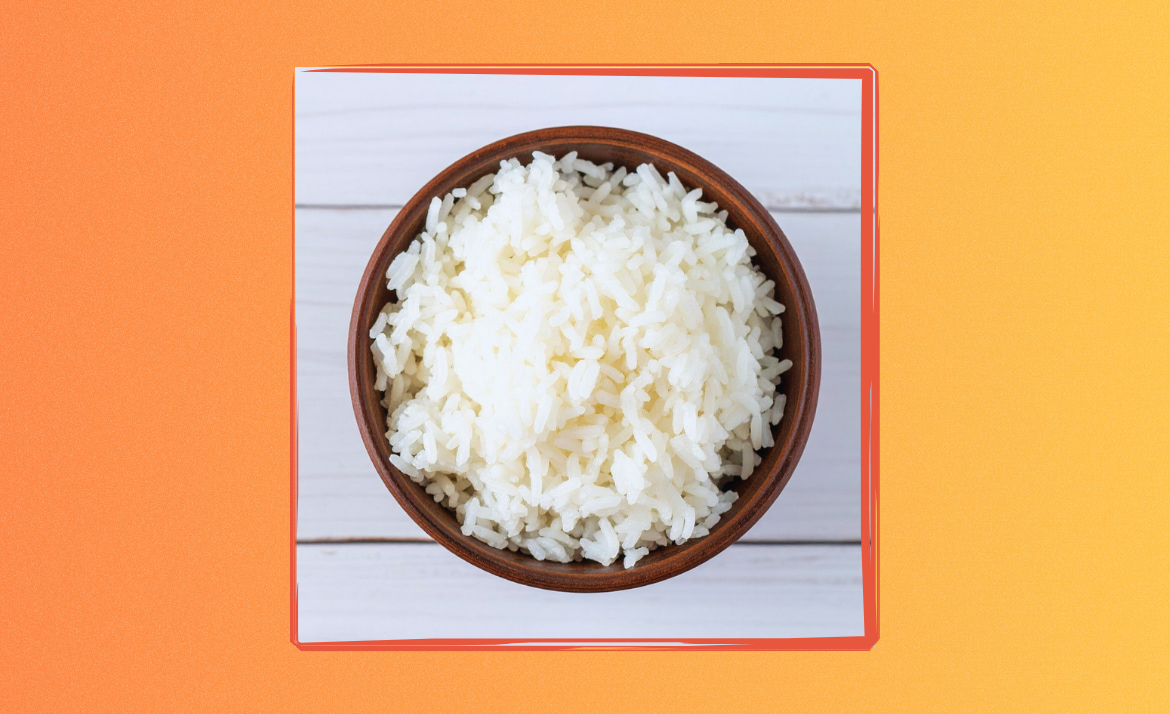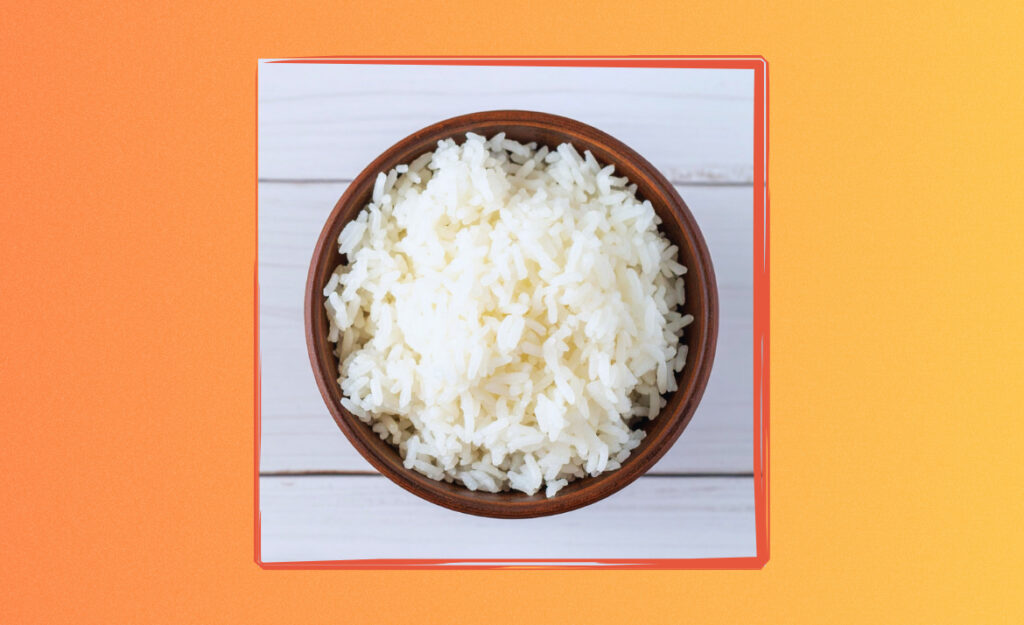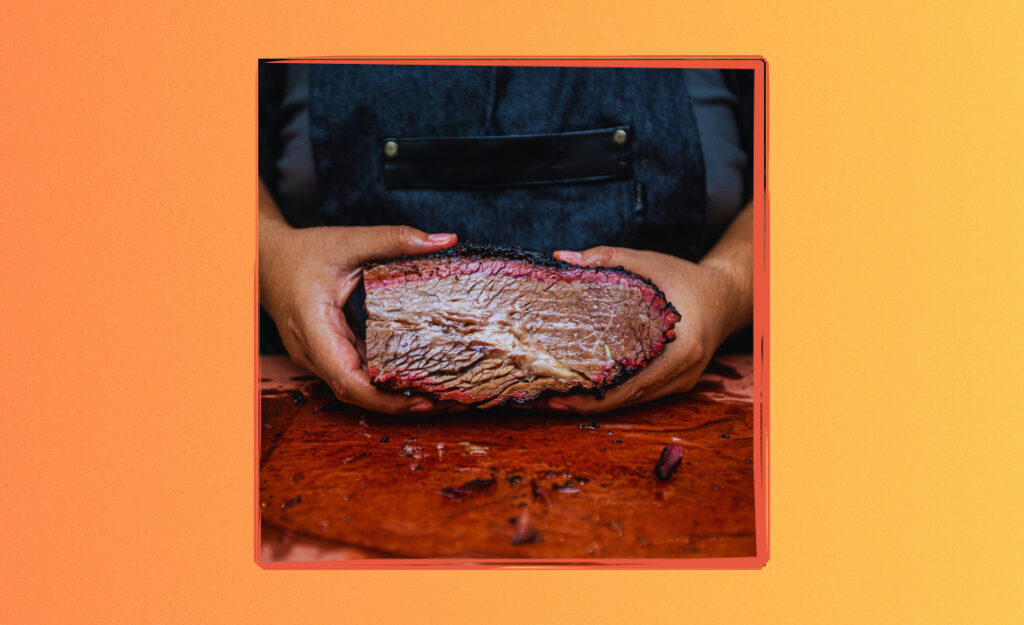
Few kitchen hiccups disappoint faster than noticing lumps in your sauce just before serving guests. Whether you’re racing to set the table or aiming for that picture-perfect dish, the urge to fix lumpy sauce can strike quick. Rescue moments like these mean it’s good to have solid, repeatable skills that calm the last-minute rush.
From classic gravies to creamy cheese blends, sauces set the tone for your meal. Serving them in their optimal state directly affects the textures and flavors on every plate. Being able to fix lumpy sauce helps you consistently deliver delicious, appetizing results that earn compliments at any gathering.
No cook enjoys last-minute stress, especially with guests on the way. Read on to learn tested fixes for lumpy sauce, plus strategies that add confidence to your kitchen routine. You’ll find both quick patches and habits to prevent lumps altogether.

Cooking Rice Tips That Never Fail
Discover cooking rice tips for fluffy, consistent results every time with these expert-backed, easy-to-follow steps and fixes.Prevention Starts at the First Stir
Building a lump-free sauce begins as soon as your ingredients hit the pan. When you start with the right process and timing, you can control texture from the first moments.
Consistency means more than following a recipe. Notice temperature shifts, ingredient absorption, and reaction times so you can catch trouble spots before they form.
Start with Even Mixing
Very gently sprinkle dry ingredients, like flour or cornstarch, over liquids while whisking. This helps reduce clumping by minimizing direct contact between lumps of starch and liquid.
Stir ingredients with intent—use brisk, circular motions so every granule dissolves quickly. In kitchens, you might say, “Work fast, but stay calm.” This approach helps your sauce remain silky.
If you notice thick spots forming, pause and break them up before moving on. Taking just ten extra seconds here can save several minutes later.
Match Temperature Gradually
Always bring liquids closer to room temperature before adding them into a simmering pot. Pouring cold milk into hot roux, for example, risks seizing and clumping.
Use one hand to drizzle liquid slowly as you whisk steadily. Watch for even blending—a smooth ribbon forming in the pot means your temperature match is on point.
A chef once said, “Let the sauce come to you,” meaning give components time to meet rather than forcing them together too quickly.
| Ingredient | Common Issue | Preventive Step | Key Takeaway |
|---|---|---|---|
| Flour | Lumps when whisked directly into hot liquid | Make a slurry with cold liquid before heating | Add in small amounts and whisk constantly |
| Cornstarch | Clumps in boiling liquids | Dissolve completely in cold water first | Never add dry to a hot pot |
| Eggs | Curdles if added too quickly | Temper with warm liquid in a separate bowl | Add slowly while stirring |
| Cheese | Turns stringy in high heat | Add off heat, stir gently | Let the sauce cool slightly before mixing in |
| Cream | Separates under strong heat | Bring to a simmer, not a boil | Stir continuously |
Whisk Out Lumps as You Cook
When you spot lumps forming in a sauce, act immediately to minimize their impact. Addressing lumps early will keep your sauce from turning into a thick paste.
Use a sturdy whisk or even an immersion blender—mechanical action helps break down large clumps into a uniform consistency that tastes better and looks appealing.
Break Lumps With Tools On Hand
While a balloon whisk works well for most sauces, some cooks prefer a flat whisk to reach every corner of the pan. This motion makes sure no lumps hide in the sauce.
- Switch to vigorous whisking—move quickly to incorporate clumped areas and break them apart through friction.
- Press the back of your spoon against pot sides—smash stubborn lumps gently, then whisk them into the mixture.
- Use an immersion blender if a whisk can’t fix lumpy sauce—pulse for a few seconds for perfectly smooth texture.
- For thick or cheesy sauces, try a potato masher. Push it down vertically to crush clusters against the pan’s bottom.
- Alternate between stirring and scraping to ensure the base isn’t burning, which can lock in lumps permanently.
Lumps respond to a variety of tools—choose the one that matches sauce texture and batch size. Never use high speed on blenders for delicate ingredients like eggs.
Monitor Texture Frequently
Scan the surface for minor ripples—these often signal breakdown points where lumps form. Adjust heat and whisk strength as you spot inconsistencies.
- Inspect the sauce every few minutes—notice if the consistency looks like velvet, not pudding.
- Adjust the heat if steam builds—excess heat thickens too quickly and can bind lumps in place.
- Add a spoonful of cool liquid if the base is sticky—cooling slows thickening, making lumps easier to disperse.
- Check the back of your spoon after stirring—it should emerge coated, not spotted with visible clumps.
- If all else fails, remove from heat and restart blending after ten minutes of resting time. This pause softens lumps and makes them easier to whisk out.
Continuous vigilance transforms a basic sauce into a reliably smooth, guest-ready creation. These checks take only a few seconds but make a noticeable difference.
Adjust on the Fly With Simple Solutions
When you spot lumps near serving time, there’s no need for panic. Quick adjustments can save your dish and preserve its intended texture, so you won’t need to start over.
Think of this like patching a leaky pipe: fast, targeted fixes protect your work without changing the flavor profile. These methods help save face and dinner.
Strain for Last-Minute Recovery
If lumps feel stubborn even after whisking, pour the sauce through a fine-mesh strainer into a clean pan. Use the back of a ladle to push the liquid through.
Scrape gently, making sure all of the smooth sauce goes through. Discard any solids left behind; they’re where most noticeable lumps collect and can be unsightly.
This method works especially well for creams and gravies, restoring smoothness without diluting or overcooking. For velvety finishes, always keep a strainer nearby on busy cooking nights.
Add Liquids Wisely
Introduce a splash of broth, milk, or water if the sauce has thickened into no-man’s-land. Go slow—a tablespoon at a time—while whisking to restore the right consistency.
If the flavor is delicate, opt for unsalted liquids. This preserves balance and avoids over-seasoning, especially in white sauces or desserts where salt stands out quickly.
Be patient and let the sauce come together naturally, scraping all corners and sides. Listen for smooth sloshing as you stir—a reliable sign you’re back on track.
Choose the Right Thickener for Each Sauce
Selecting the proper thickener is key for both flavor and texture. Each thickening agent has strengths, weaknesses, and ideal usage scenarios—matching the agent to your end use avoids trouble later in the process.
The best method to fix lumpy sauce can depend on which thickener went wrong at first. Try to choose based on sauce type, gluten needs, and heat sensitivity.
Flour and Roux-Based Sauces
Flour works best when cooked in fat first, such as butter or oil, as in a roux. This step coats flour particles, distributing them and preventing raw, pasty lumps later.
Whisk in small increments of liquid—avoid dumping the entire quantity in one go. When the sauce smooths out, switch to a spoon to fold and inspect consistency.
If you need to fix lumpy sauce at this stage, gently strain through fine mesh, or consider blending while still warm. Both options yield a smoother sauce for service.
Cornstarch and Slurry-Based Sauces
Cornstarch slurries stay lump-free if you dissolve them completely in cold water first. Add to your hot sauce gradually, stirring with a whisk at every addition to manage thickening.
Once the sauce thickens fully, remove from heat—extended boiling can break down cornstarch and cause stringiness or clumping. Add extra slurry only if more thickness is needed.
If lumps appear, immediately whisk harder or strain before serving. Leftover lumps may stick to the pan base and become harder to fix with time.
Retrain Your Eyes and Hands for Texture Checks
Train yourself to notice texture changes as sauces develop. With practice, you’ll recognize warning signs and patterns, like slight resistance on the spoon or uneven bubbling. These hints prompt fast action.
Simmer and stir with relaxed, circular movements. Visual cues—like a glossy surface and gentle ribbons—mean your sauce is tracking smoothly and you likely won’t need to fix lumpy sauce later.
Use Touch for Immediate Feedback
Dip a fingertip or spoon in and swipe across the sauce’s back. Smooth, uninterrupted lines indicate even texture, whereas jagged gaps usually hide lumps.
Switch hands while stirring. This change in approach forces you to rethink the pattern, uncovering pockets of unmixed flour or starch that eyes sometimes miss.
Trust in what your fingers and utensils tell you—kitchen tools are direct extensions of taste and touch, signaling error before flavor suffers.
Develop Timing Habits
Set a timer for stirring, starting at one-minute intervals in the early phase. This habit prevents haste and gives each step proper attention, especially for slow-cooked gravies and custards.
Build a mental checklist: check for bubbles, check spoon resistance, scan for grainy patches along the edge. These steps keep you ahead of problems and reduce the chance you’ll need to fix lumpy sauce mid-meal.
Document timing patterns in your recipe notebook for regular sauces. This small practice helps future consistency and reinforces muscle memory around key stages.
Adopt Kitchen Routines That Give Consistently Smooth Results
Consistent routines reduce mistakes. Following predictable sequences—especially with whisking, pouring, and simmering—makes any sauce easier to execute, no matter how busy dinner prep becomes.
Work with mise en place: gather all thickeners and liquids ahead, pre-measured and ready on the counter. Lay out your whisk, strainer, and tasting spoons within easy reach for seamless workflow.
Use Analogies to Solidify Steps
Think of making sauce like tuning a radio. You tweak dials—heat, whisking, additions—until you reach your flavor’s clear station. Each action clarifies taste and texture, delivering that right note for your dish.
A slow and steady pour is like watering a delicate houseplant—too much, too quickly can drown the roots. Instead, add liquid in increments so the sauce absorbs flavor and body gradually for smoothness.
Always have a backup plan—just as you’d keep an umbrella in the car for unexpected rain, keep a mesh strainer or immersion blender nearby. That way, you can fix lumpy sauce moments before serving if need be.
Encourage Cleanup and Reset
Clean as you go. Wipe spills and starch dust immediately—this prevents cross-contamination and ensures no errant lumps sneak into sauces.
Reset between recipes—if thickening agents change, refresh utensils, and taste test neutral liquids before starting a new batch.
Document what went right or wrong in a kitchen journal. Track sauces that needed last-minute straining or extra whisking to perfect the process next time.
Boost Confidence for Effortless Entertaining
Actively practicing these techniques boosts your kitchen confidence. With each successful fix, you’ll rely less on luck and more on built skills, making you a calm, reliable host even if things go sideways.
Sauces may never go exactly the same way twice, but a steady approach ensures you can pivot to fix lumpy sauce quickly. The goal is freedom to enjoy time at the table, not feel tied to the saucepan.
Set the table, plan your menu, and remember: sauces are meant to be lived, not feared. Smart preparation and little habit tweaks transform last-minute stress into pride with every smooth pour.
Frequently Asked Questions
How do I fix lumpy sauce in a hurry?
Pour your sauce through a fine-mesh strainer while hot, using the back of a spoon to press out smooth liquid. If it’s still not velvety, blend gently with an immersion blender before serving. Both methods work best when the sauce is still warm.
Why do sauces get lumpy?
Lumps form when starch or thickener absorbs liquid unevenly, usually due to temperature shocks or skipping gradual mixing steps. Prevent them by slowly incorporating dry ingredients and controlling heat. Constant whisking and attention to timing are essential.
Are lumps always bad for the sauce?
Some rustic sauces tolerate minor texture, but visible, unblended lumps impact taste and visual appeal. Guests notice these especially in gravies and creamy dishes. For best results, aim for uniformity in each batch using whisking and straining methods.
Can I reuse lumpy sauce in another dish?
Absolutely. Blend or strain the sauce, then add it to soups, casseroles, or as a poaching base. This recycles both the flavor and the effort put into your original sauce, turning minor mistakes into creative new dishes.
Does fixing lumpy sauce affect flavor?
If you use additional liquid or mechanical blending, you may slightly alter flavor and texture. Typically, gentle corrections help maintain original taste. To preserve seasoning balance, check salt and spice levels after any major fixes or additions.



